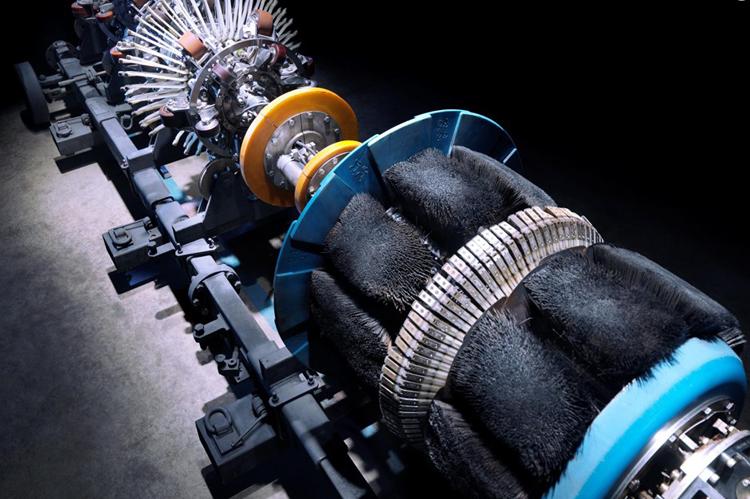Maximising Accuracy Of MFL Pipeline Inspection

There have been significant advances in magnetic flux leakag e (MFL) in-line inspection (ILI) technologies in recent years. These have led to imp rovements in Probability of Detection (POD), Probability of Ide ntification (POI) and Probability of Sizing (POS).
Whilst often the main focus of these advancements is the inspection vehicle itself, the end product of an inline inspection service is reliable and accurate data. This end product is influenced by various technological factors which include: recognition & detection algorithms; comp lex sizing models; robust and rigorous processes and; highly trained and skilled data analysts.
This paper explores all the main factors that contribute to delivering the reliable and accurate inspection reports that pipeline operators demand today. This review will be supported by extensive comparison of ‘as reported’ data vs ‘in ditch’ findings. This is particularly valuable for operators of inaccessible pipelines, where proving ILI performance is at least challenging, and often not possible.
